How To Stay Motivated As A Beginner?
 It’s summer and we’re just reopening. There’s a lot of things that can create a diversion in Irvine, CA, to prevent you from sticking with your workout schedule. It’s tough to stay motivated as a beginner, but you can make it easier by taking a few steps and making some changes in your life. As a beginner, you face more obstacles than you do the more seasoned you become and you haven’t yet developed the habit of healthy eating and working out. Here are some tips to help you fake it until you make it.
It’s summer and we’re just reopening. There’s a lot of things that can create a diversion in Irvine, CA, to prevent you from sticking with your workout schedule. It’s tough to stay motivated as a beginner, but you can make it easier by taking a few steps and making some changes in your life. As a beginner, you face more obstacles than you do the more seasoned you become and you haven’t yet developed the habit of healthy eating and working out. Here are some tips to help you fake it until you make it.
Start slowly if aching muscles are a deterrent.
When people first start a program of exercise, they’re always surprised at how muscles they didn’t know they had now hurt like crazy. Expect that. You probably haven’t used these muscles in years or worked them on a variety of planes. You can reduce the potential for pain by warming up thoroughly. Stay hydrated and take it slowly, especially if you’ve spent years being sedentary. Don’t try to push beyond your capabilities, at least at first. Focus on form, instead. Having the proper form can help prevent injury. Make sure you also get proper sleep at night and rest between strength training workouts.
Keep you focus on the benefits.
Your mindset makes a huge difference in whether you fail or succeed. If you dread going to the gym, you’re more likely to fail. Find an activity you love, such as dancing, hiking or even hula hooping with the kids and use that as your form of exercise on your alternate days. To improve your attitude toward the gym, focus on what makes you feel good, such as reaching a new plateau of excellence by conquering a workout or the feeling of exhilaration when you’ve successfully finished a workout.
It takes a while to see the difference, so find short term ways to identify success.
Rather than just creating goals that involve weight or clothing sizes, add a few that can be seen or felt more quickly. Notice little things, like getting winded after climbing stairs or tired after walking short distances. For most people, you’ll feel the difference long before you see a difference. Most people note that after just two weeks, they feel fitter and less tired when doing simple tasks. Feeling fitter is a confidence builder that tells you that you’re on the right track.
- Stay motivated with a workout buddy. Whether it’s a good friend or a spouse, having a workout partner will improve your chances of sticking with a program. Just knowing someone is waiting for you is part of the reason and also why personal trainers help so much.
- Workout at the same time every day. If you’re an early bird, workout in the morning, for night owls, do it after work. Make it an appointment that’s as important as any doctor’s appointment.
- Post messages to yourself around the house. These can be to remind you why you want to get fit, encouraging you to succeed or just telling you to go to the gym at your appointed time.
- There’s a bit of competitiveness in everyone, but when you’re starting out, make sure you’re just competing with yourself. Never compare yourself to others. You’re unique. Be the best YOU that you can be.
For more information, contact us today at Next Level Fitness

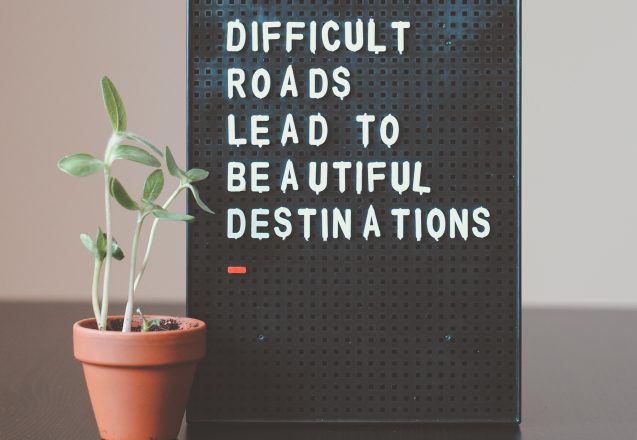
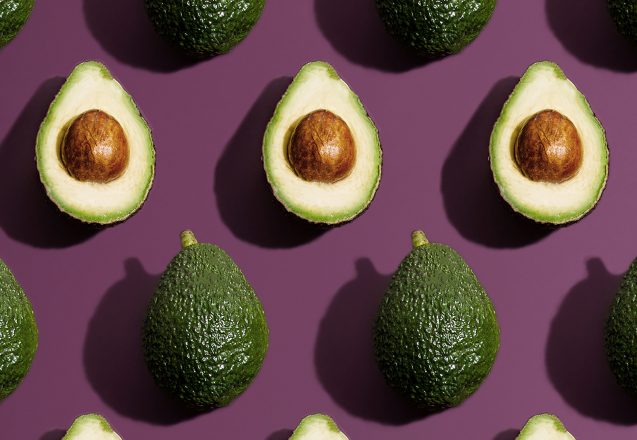
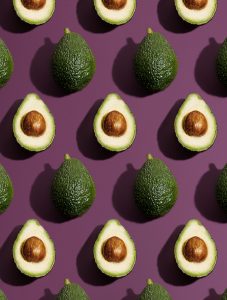 How do you lose weight without dieting? Eat healthier. Many healthy foods are not only delicious, they’re lower in calories. That list includes foods that make you feel full. Let’s face it, in order to lose weight you have to eat fewer calories. That doesn’t mean you have to eat less, just eat smarter. Mix a half cup of Greek yogurt with a half cup or more of berries and toss in a few walnuts for a filling, delicious sweet treat that’s healthier and fewer calories than a candy bar, but will help you stay full longer. Now that’s smart eating.
How do you lose weight without dieting? Eat healthier. Many healthy foods are not only delicious, they’re lower in calories. That list includes foods that make you feel full. Let’s face it, in order to lose weight you have to eat fewer calories. That doesn’t mean you have to eat less, just eat smarter. Mix a half cup of Greek yogurt with a half cup or more of berries and toss in a few walnuts for a filling, delicious sweet treat that’s healthier and fewer calories than a candy bar, but will help you stay full longer. Now that’s smart eating.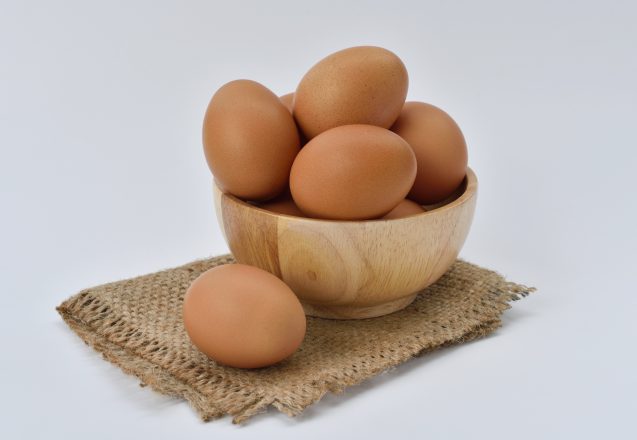
 Are eggs bad for you? The easy answer is no. Twenty years ago, people with cholesterol were told to stay away from eggs, today, nutritionists and doctors look at eggs a bit differently. If the other foods in your diet are low in cholesterol, eggs are a good source of protein for most people. Should you eat them with bacon, ham or breakfast steak every day and expect to get a rousing round of applause from your doctor or great blood profiles? Absolutely not. You need some cholesterol in your diet, but you can also get too much of a good thing.
Are eggs bad for you? The easy answer is no. Twenty years ago, people with cholesterol were told to stay away from eggs, today, nutritionists and doctors look at eggs a bit differently. If the other foods in your diet are low in cholesterol, eggs are a good source of protein for most people. Should you eat them with bacon, ham or breakfast steak every day and expect to get a rousing round of applause from your doctor or great blood profiles? Absolutely not. You need some cholesterol in your diet, but you can also get too much of a good thing.
 Some foods we list on healthy meal plans at Next Level Fitness in Irvine, CA, contain trans fat. Don’t let that scare you. There are two types of trans fat, and they react in your body quite differently. One is naturally occurring trans fat created by bacteria in the stomach of ruminants like sheep, cows and goats. It may have heart healthy benefits. The bad type of trans fat was initially created in a lab to extend the shelf life of oil. This hydrogenated fat was a cheaper alternative to fats like butter and it was used in many products. Artificially created trans fats have a negative effect on health and cholesterol profile.
Some foods we list on healthy meal plans at Next Level Fitness in Irvine, CA, contain trans fat. Don’t let that scare you. There are two types of trans fat, and they react in your body quite differently. One is naturally occurring trans fat created by bacteria in the stomach of ruminants like sheep, cows and goats. It may have heart healthy benefits. The bad type of trans fat was initially created in a lab to extend the shelf life of oil. This hydrogenated fat was a cheaper alternative to fats like butter and it was used in many products. Artificially created trans fats have a negative effect on health and cholesterol profile.
 Eating a small bowl or a few spoonfuls of ice cream won’t hurt you. However, eating a gallon a day can really pack on the pounds. That’s a bit of an exaggeration to show how much portion size can affect your weight loss program. With most healthy eating programs, vegetables like celery and fresh fruit portion isn’t a problem. They’re packed with fiber, so it’s difficult to eat many calories, since they fill you up without adding a ton of carbs or calories. Nuts, sweet potatoes avocados and olive oil may be healthy, but here, their high caloric nature means you have to pay closer attention.
Eating a small bowl or a few spoonfuls of ice cream won’t hurt you. However, eating a gallon a day can really pack on the pounds. That’s a bit of an exaggeration to show how much portion size can affect your weight loss program. With most healthy eating programs, vegetables like celery and fresh fruit portion isn’t a problem. They’re packed with fiber, so it’s difficult to eat many calories, since they fill you up without adding a ton of carbs or calories. Nuts, sweet potatoes avocados and olive oil may be healthy, but here, their high caloric nature means you have to pay closer attention.
 Every day, there’s something new that is supposed to be a healthy option. One of the latest is to add collagen to coffee. Why? The answer is simple. Collagen is healthy and important for every part of the body. As you get older, you produce less collagen. While collagen is important for connective tissues, joints and ligaments, will extra collagen reduce wrinkling, joint pain and the signs of aging? Those are just a few of the reasons for the latest fad of adding collagen to coffee.
Every day, there’s something new that is supposed to be a healthy option. One of the latest is to add collagen to coffee. Why? The answer is simple. Collagen is healthy and important for every part of the body. As you get older, you produce less collagen. While collagen is important for connective tissues, joints and ligaments, will extra collagen reduce wrinkling, joint pain and the signs of aging? Those are just a few of the reasons for the latest fad of adding collagen to coffee.
 Maybe you love your job that involves hours of research on the computer, but you need even more. You need to sweat! Sweating can occur if you have a fever that’s breaking, with the sweat flushing out bacteria as it cools the body. It can happen when you’re simply too warm. However, the best type of sweat occurs when you workout. Clients at Next Level Fitness in Irvine, CA understand that and love the benefits they receive from breaking a sweat in the gym. It’s actually not about sweating, but upping the intensity, which makes you sweat that provides the benefits.
Maybe you love your job that involves hours of research on the computer, but you need even more. You need to sweat! Sweating can occur if you have a fever that’s breaking, with the sweat flushing out bacteria as it cools the body. It can happen when you’re simply too warm. However, the best type of sweat occurs when you workout. Clients at Next Level Fitness in Irvine, CA understand that and love the benefits they receive from breaking a sweat in the gym. It’s actually not about sweating, but upping the intensity, which makes you sweat that provides the benefits.
 No matter what activity you’re doing, your core muscles are involved in some way. Even sitting involves core muscles. They’re the muscles of your torso that start right below the pecs and continue right beneath the abs, which includes the muscles in your back. Strong core muscles affect how all the other muscles function, which includes how you walk. When they’re strong, core muscles provide stability and improves balance. The stronger your core muscles are, the stronger and more powerful you’ll be.
No matter what activity you’re doing, your core muscles are involved in some way. Even sitting involves core muscles. They’re the muscles of your torso that start right below the pecs and continue right beneath the abs, which includes the muscles in your back. Strong core muscles affect how all the other muscles function, which includes how you walk. When they’re strong, core muscles provide stability and improves balance. The stronger your core muscles are, the stronger and more powerful you’ll be.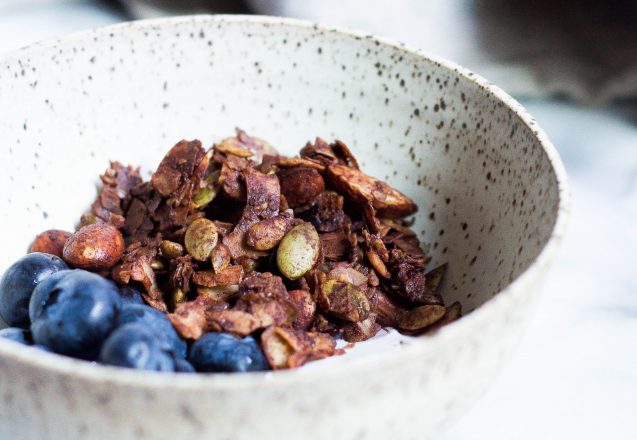
 If you’ve tried finding healthy snacks and settled on the ease of small bags of trail mix, make sure it’s the right type. That’s extremely important if you want a healthy snack that will benefit your body, help you lose weight and keep you fill you up, not out. Commercial trail mix isn’t necessarily the healthiest of snacks, particularly if you choose one that has M&Ms or other types of candy as the primary ingredient. So which type of trail mix should you choose?
If you’ve tried finding healthy snacks and settled on the ease of small bags of trail mix, make sure it’s the right type. That’s extremely important if you want a healthy snack that will benefit your body, help you lose weight and keep you fill you up, not out. Commercial trail mix isn’t necessarily the healthiest of snacks, particularly if you choose one that has M&Ms or other types of candy as the primary ingredient. So which type of trail mix should you choose?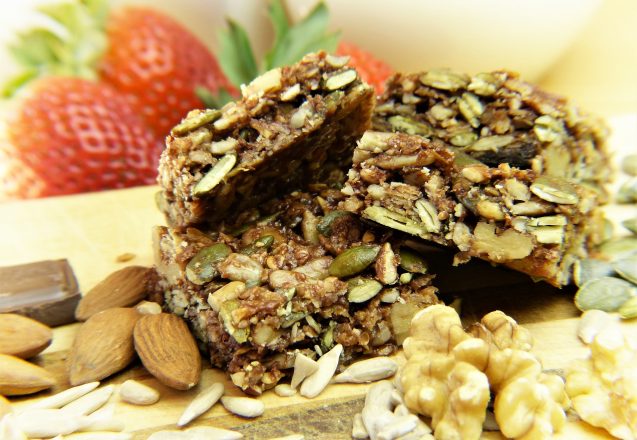
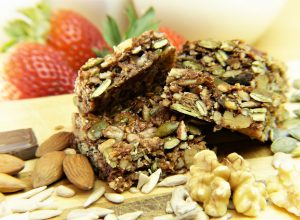 Snacking plays an important role in your diet. It can help keep the fires of your metabolism burning strong, keep you working out at your best and help you feel fuller so you don’t eat as much at your next meal. That doesn’t mean just any snack will do. You need a healthy snack that is lower in calories and provides many of the nutrients you need each day. Many people have found that granola bars are their go-to snacks. They’re portable and often quite delicious, but are they good for you? The answer is yes and no. It all depends on the granola bar and how many you consume.
Snacking plays an important role in your diet. It can help keep the fires of your metabolism burning strong, keep you working out at your best and help you feel fuller so you don’t eat as much at your next meal. That doesn’t mean just any snack will do. You need a healthy snack that is lower in calories and provides many of the nutrients you need each day. Many people have found that granola bars are their go-to snacks. They’re portable and often quite delicious, but are they good for you? The answer is yes and no. It all depends on the granola bar and how many you consume.